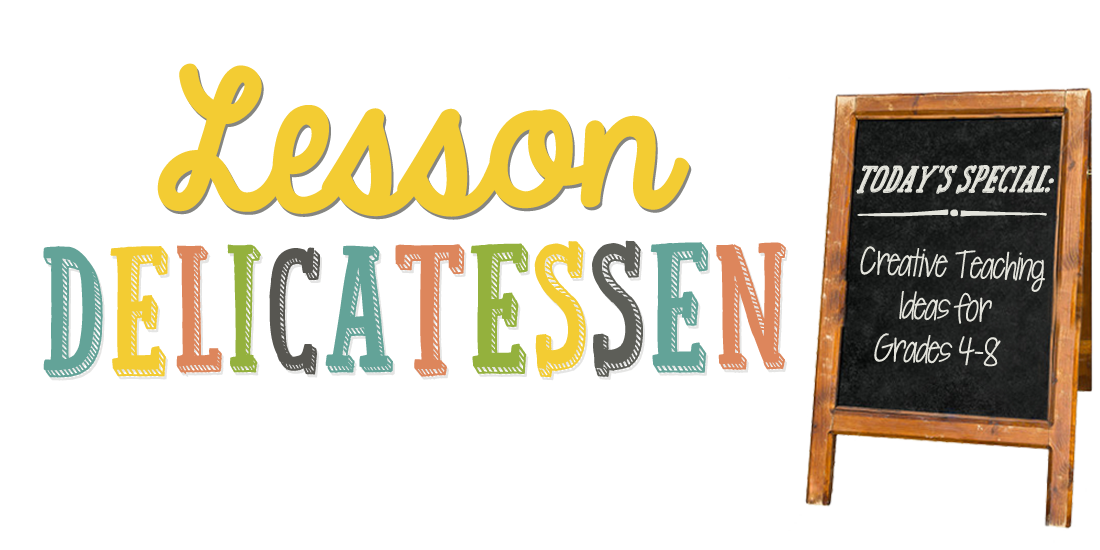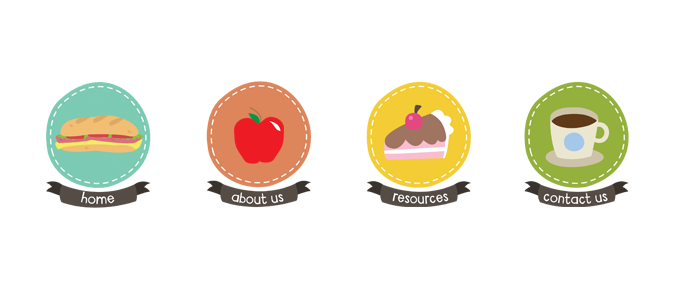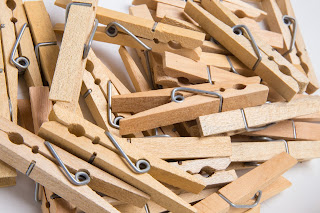I think as teachers, we are wired this way. It’s a natural high of excitement. But I also think it’s a way for teachers to freshly evaluate their game plan for beginning the school year. It’s a new year, a new group of students, and sometimes (as in my case) a completely new school. I just spent 6 weeks teaching in a Learning Loss Prevention program with our local YMCA and school district. I wasn’t sure if I would end up loving this program, primarily because I teach 5th grade and I was working with rising 1st graders. But I loved it! They were so excited about learning and had fun with (almost) everything that we did. I was reminded, thought, of the one behavior management system trend that I do not like. The ever famous clip chart!
Yep, I’m one of the few that will not use such a chart for many reasons. We used a clip chart this summer because that’s what the kids were used to. But I know that I wasn’t consistent with moving kids like I needed to be. We used it as a “clip up” for those students who were doing the right thing when others maybe were not. But I know we singled out a few when more could have also clipped up.
Here's why I don't like them...
1. I personally can’t keep up with all the clips for all the students in a fair way that still allows me to teach.
2. If consistency is the name of the behavior management game, what is consistent in a system that gives the same consequence/reward for everyone, even if it’s not the best for that child? If Student A responds well to verbal praise and public recognition, but Student B would rather a quiet and personal thumbs up or a sticker at the end of the day, then a “cookie-cutter” clip chart isn’t the best way. It works the same way with consequences. Not all consequences work for all students. You have to find what works best.
3. I find that if I’m really trying to be consistent with moving clips up and down, my focus is taken off my lessons. That can’t happen.
4. Kids have melt downs. Yep. Ask them to move their clips down, and they cry. Freak out. Shut down. Problem just became bigger and more complex.
So… what do I do? I think I’m still in search for the “perfect” idea, but I’ll share my tidbits of advice.
1. I first have to understand that my students are kids. They need redirection. They need to learn from their mistakes. So, I don’t pounce on them for minor infractions. We talk A LOT about what community in the classroom is supposed to look like, celebrate successes when I see students doing positive things, and talk about things that need to change. Just like a family.
2. Class meetings are essential. It doesn’t matter what you call them – Town Hall Meetings, Pow-Wows, Chit-Chats… The important thing is that you have them. This is where students should feel safe to share. We talk about anything from what we did to make the previous day successful, character values, problem solving (this is where behavior training comes in).
3. I like to find picture books that address issues we are having in class. By using a picture book, I can talk about an issue without referring directly to the issue. It’s a more passive way. Generic setting and characters from a story. This way, students feel free to discuss the problem/situation in a story without pointing out or embarrassing each other. We still get to talk about it.
4. I hold individual student meetings to discuss problems that aren’t being solved. These would be those classroom issues that students need a little more nudging and consequences from me to be resolved. If a student is unable to correct a problem after my own attempts at giving warnings and redirection, I tell them that I will meet with them at recess. Then I continue with my lesson. The student knows that we’ll continue this conversation at recess (or when I can get a minute away from teaching). They key here is training the students to know that I will not continue having a conversation/argument in class at that moment. They have to trust me, knowing that they will have a chance to be heard. That is the secret to classroom management. If students know they will be heard and treated fairly, they will comply.
5. I generally leave consequences up to the individual student and situation. Not all punishments fit the crime, and it’s my duty to find what works. This becomes a discussion during our class meeting; what does fair mean? As I’m having a meeting with a student, we discuss possible consequences, and I let the student choose what they think will be best. This is all part of Love and Logic thinking (https://www.loveandlogic.com/educators/what-is-love-and-logic-for-teachers).
6. If my students need a visual reminder, I will put a student list on a clipboard. If they need a warning, they can place a checkmark by their name. We just rotate the clipboard as needed. I’ve also had a 3 ring binder called “The Book.” I know. Original. It works for 5th graders, though. If they’ve had way too many warnings, I may have the student sign the book. Along with their signature, they have to write a couple sentences about what’s going on. This gives me written documentation for administration purposes or a parent conference.
The key is, keep things simple. Don’t let student behaviors take away from the important learning in your classroom.
If you’re interested, here’s a freebie form you can use for having students think about their choices.
Thanks for reading! I'd love to hear what works for you in your classroom!
- Martha from "The Owl Spot"









